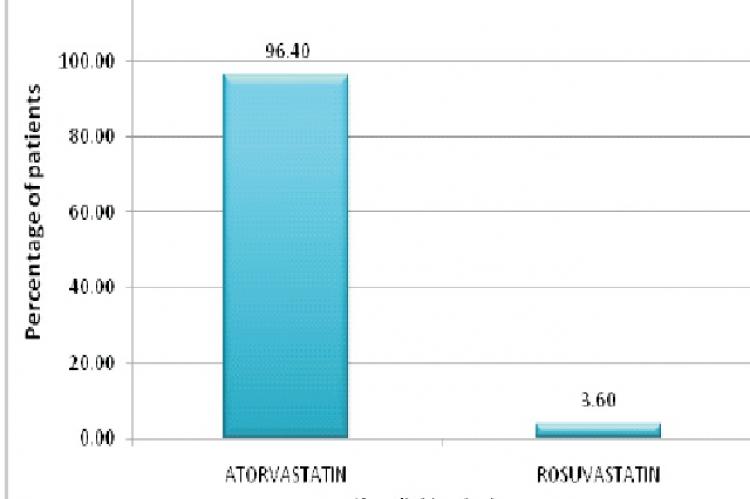Cardiovascular disease is the major cause of mortality and morbidity in patients with type2 diabetes mellitus. The US National Cholesterol Education Program (NCEP) has released guidelines for the management of dyslipidaemia which is currently followed worldwide. Since the Indian populations are reported to have significantly increasing CHD risk, it is a necessity to analyse the pattern of Lipid Lowering Drugs (LLDs) in diabetic dyslipidemic population to provide better patient care. The aim of this study was to analyse current prescribing patterns for lipid-lowering drugs (LLDs) in type 2 diabetic population in a tertiary care teaching hospital in Kerala. This prospective observational study was conducted from January 2016 to June 2016 at a tertiary care teaching hospital in Kerala and included 165 diabetic dyslipidemic patients. The pattern of prescribing LLDs was analysed, along with the serum levels of lipid parameters total cholesterol (TC), triglycerides (TG), lowdensity lipoprotein cholesterol (LDL-C), high-density lipoprotein cholesterol (HDL-C) before initiating the hypolipidemic therapy. The results of our study shows that statins were the most prescribed hypolipidemic agent (100%), out of which 96.36% were prescribed with atorvastatin and 3.63% with rosuvastatin. 33.33% of atorvastatin was prescribed in an age group of 60-69 yrs. The majority of rosuvastatin was prescribed in the same age group and it was found to be as 1.81%. The prescribing patterns of the lipid lowering drugs (LLDs) were in accordance with the current NCEP ATP III Guidelines.
View:
- PDF (357.61 KB)


